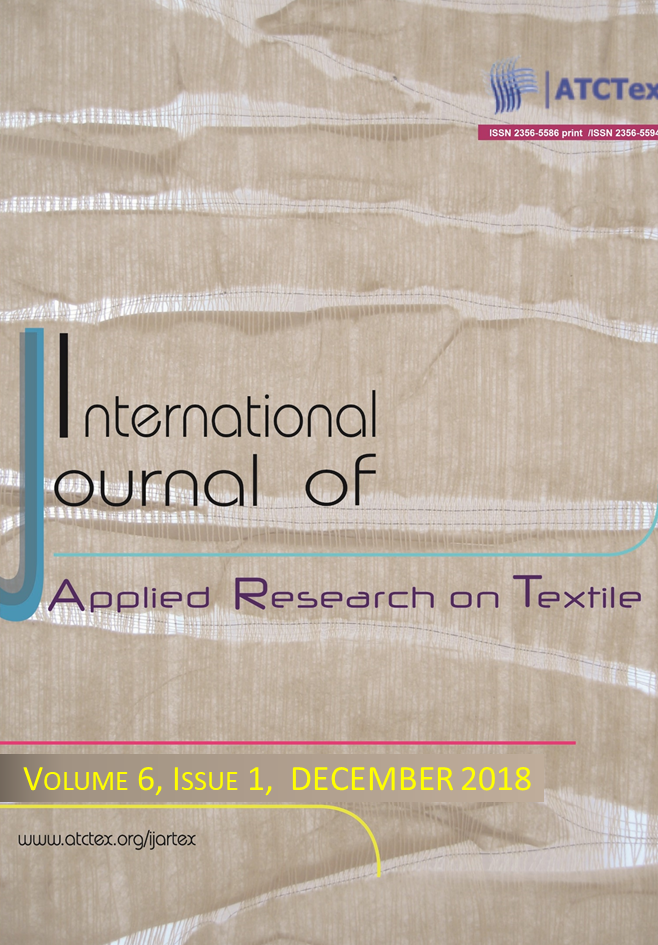MAHE J., 1. CHAMBIN O., 1. BRACHAIS C. H., 1. COUVERCELLE J. P., 1.
Corresponding author:Joaquim Mahé E-mail:Joaquim.Mahe@u-bourgogne.fr1University of Bourgogne-Franche-Comté ICMUB, UMR CNRS 6302 Department of Pharmaceutical Technology, UMR PAM, PCAV team, Agrosup 9 Avenue Alain Savary 21000 Dijon France
Abstract:
For the last decades, pectin has become one of the most studied material for drug targeting and biomedical applications. This biopolymer is an abundant polysaccharide extracted from plant cell walls which shows many interesting biological, economical and chemical properties. Due to its specific structure, pectin reveals a rapid hydration, swelling and dissolution in water. This fast dissolution appears as a major drawback for the formulation of drug delivery systems and dressings. Thus, the aim of this work is to increase the hydrophobicity of natural pectin by chemical modification. This work presents an esterification route using octenyl succinic anhydride for bringing hydrophobic segments onto pectin. The described process is achieved under solventless condition and the new materials are used to formulate a drug delivery system. .



